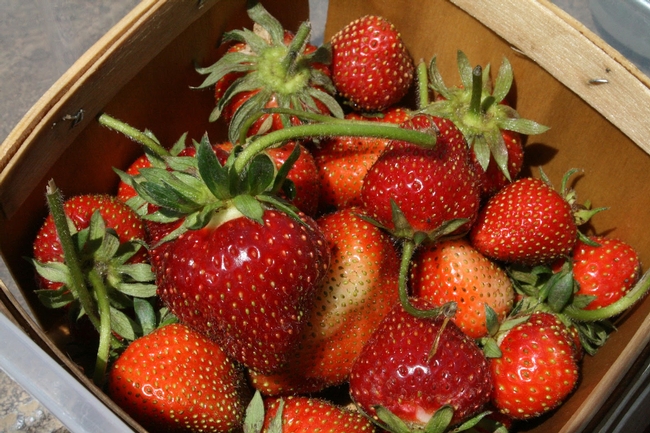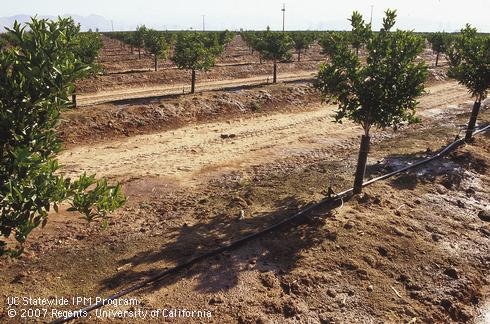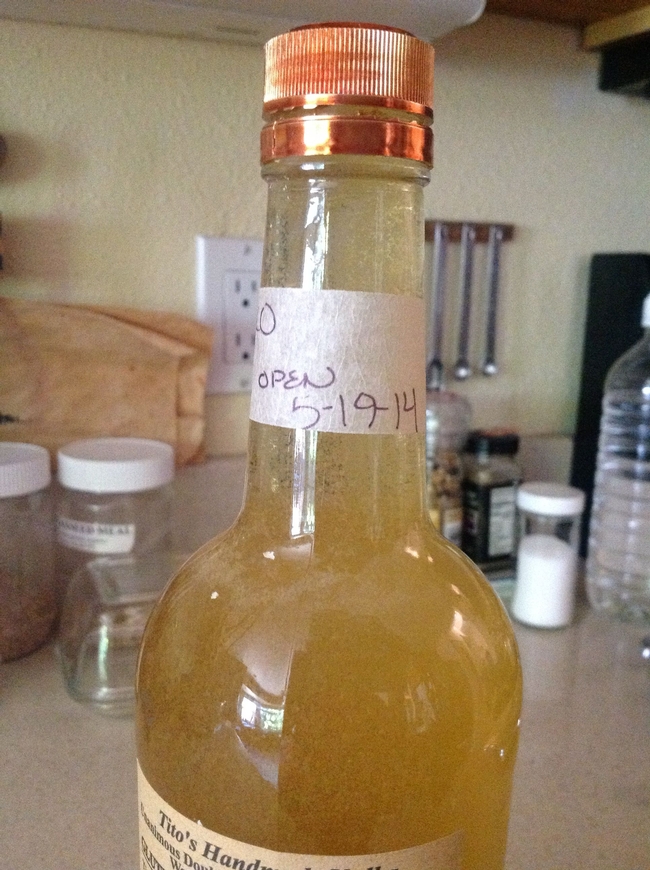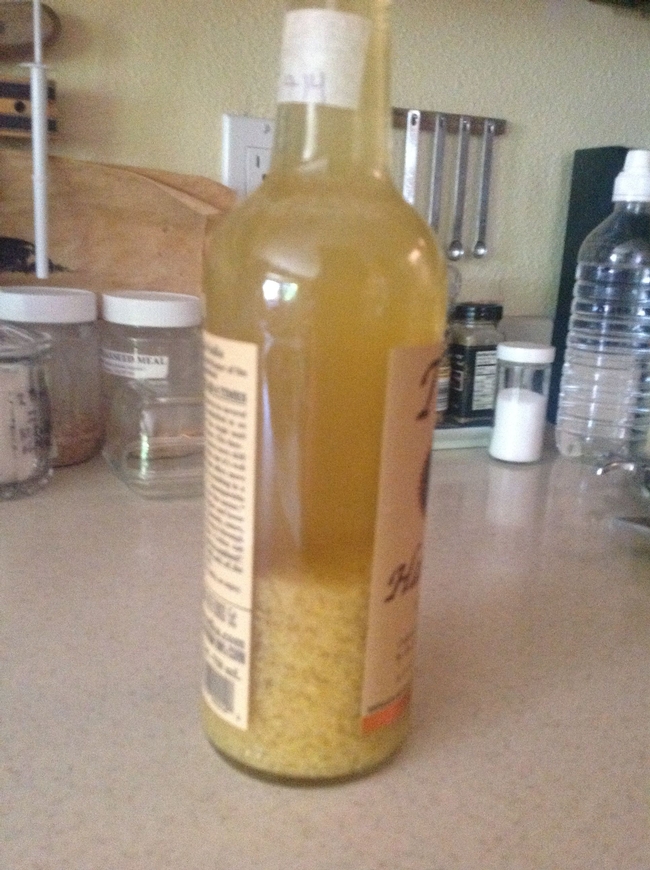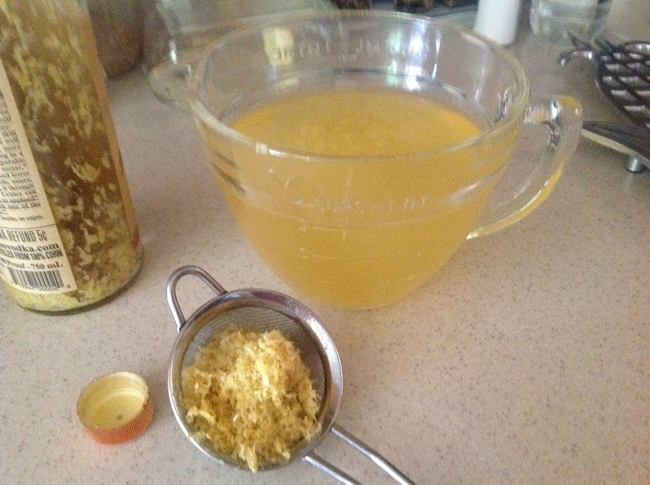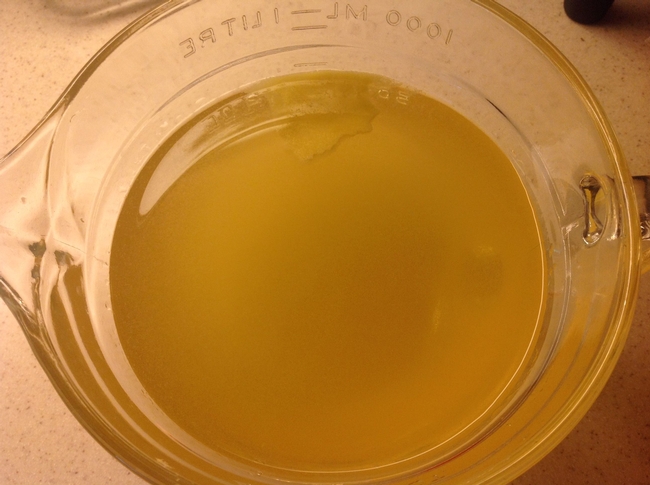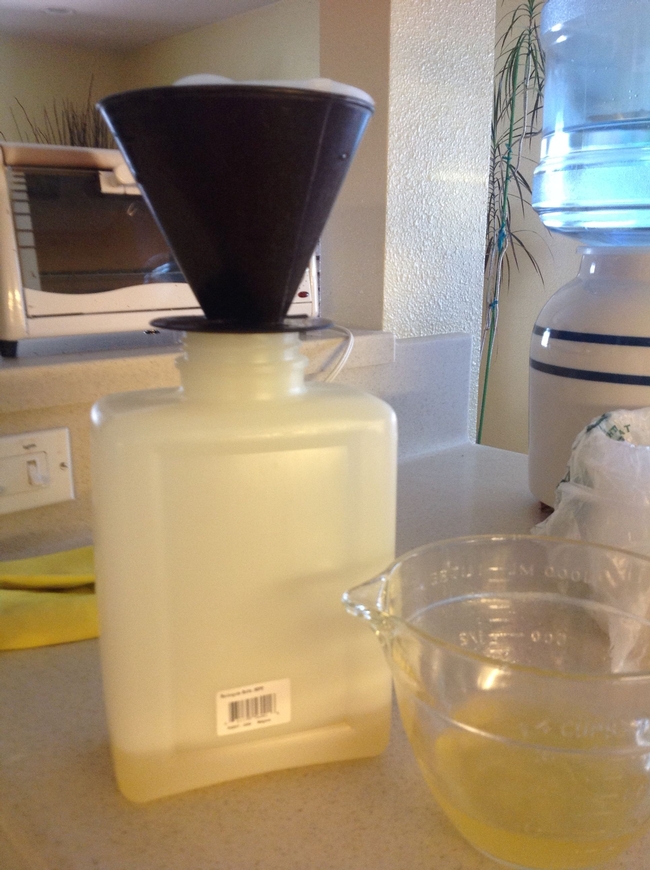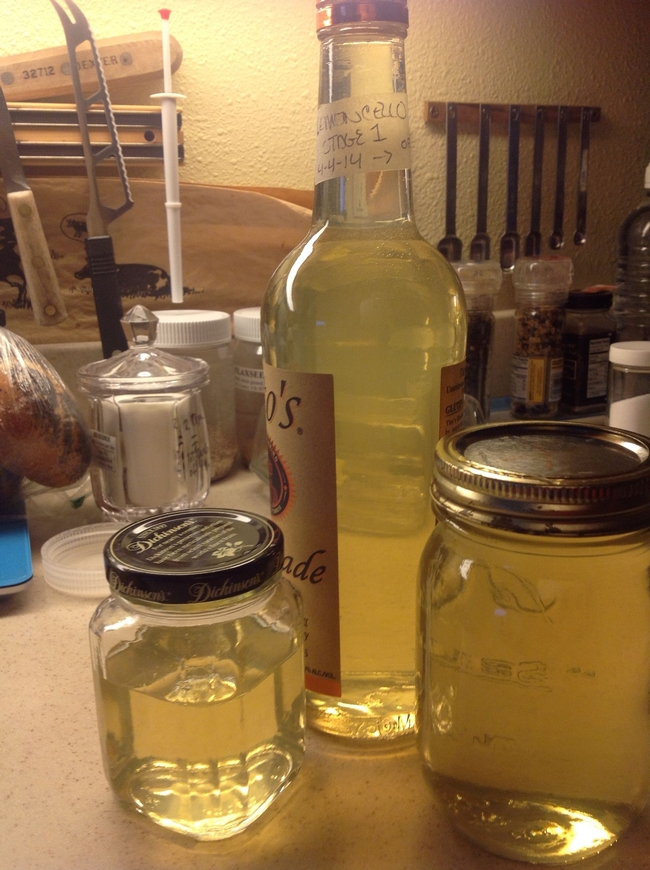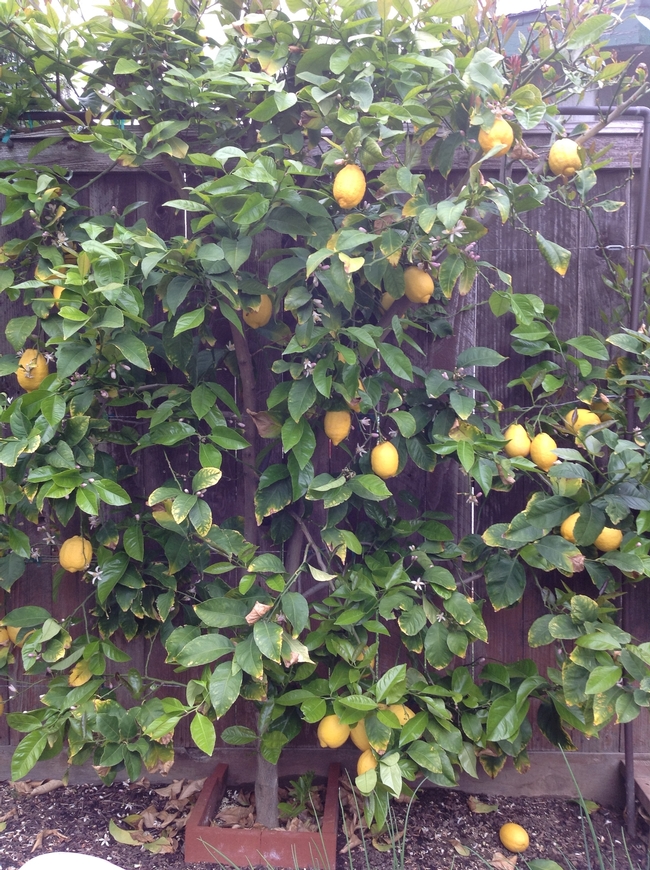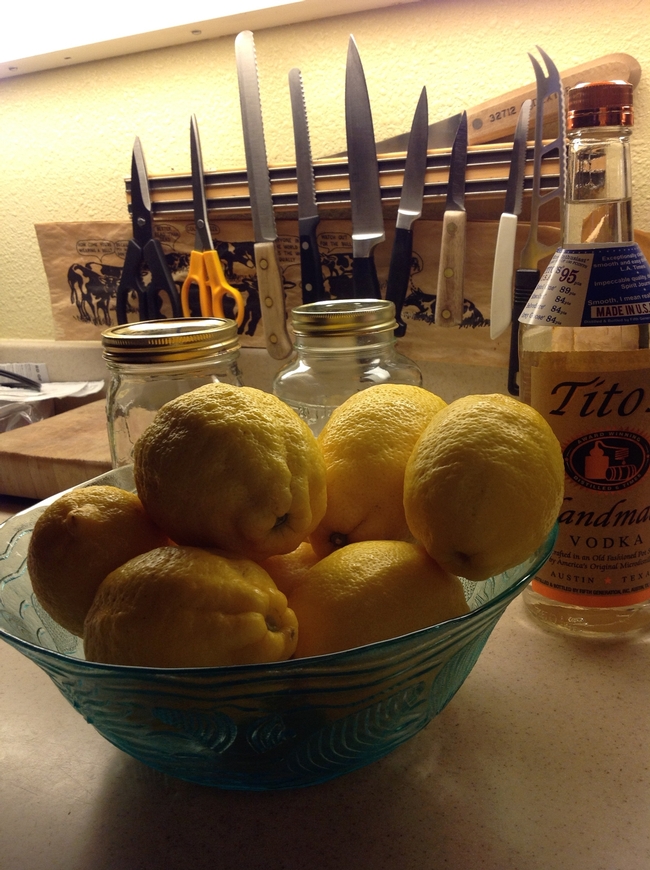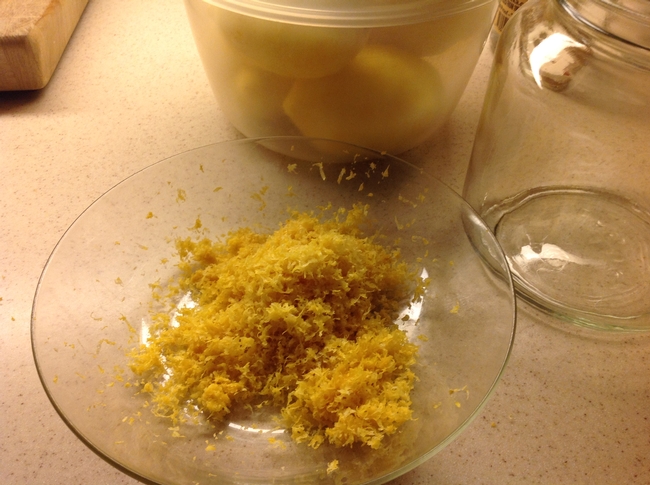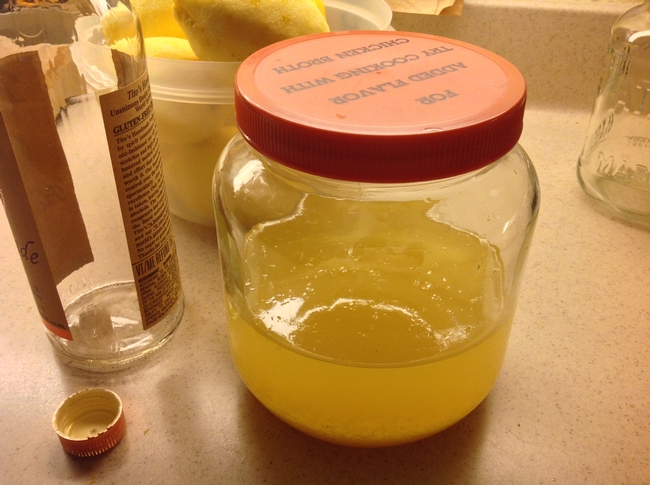Posts Tagged: lemons
UC studies estimate cost of production for six crops
Six new studies outlining the cost of production and estimated revenue for orchard and field crops have been released by UC Agriculture and Natural Resources. The crops include lemons and oranges, field corn, paddy rice, silage corn and strawberries.
Each analysis is based upon a hypothetical farm operation using practices common to the region. Input and reviews were provided by growers, UC Cooperative Extension farm advisors and other agricultural associates. The authors describe the assumptions used to identify current costs for individual crops, material inputs and cash and non-cash overhead. A ranging analysis table shows profits over a range of prices and yields. Other tables show the monthly cash costs, the costs and returns per acre, hourly equipment costs, and the whole farm annual equipment, investment and business overhead costs.
The studies for establishing orchards to produce lemons and oranges estimate costs for growing in Kern and Tulare counties. Revenue for the citrus is based on estimated sales to the fresh packaging market.
The study for organic strawberries takes into consideration growing conditions on the Central Coast of California and complying with the National Organic Program. In particular, it focuses on growing organic strawberries in Santa Cruz and San Benito counties for the fresh packaging market.
The study for producing paddy rice in the Sacramento Valley focuses on the costs of growing medium-grain rice, under a rice-only rotation in Butte, Colusa, Glenn and Yolo counties.
The field corn study focuses on the production costs of a full-season corn crop in the Sacramento Valley and the northern San Joaquin Valley. This region would include Colusa, Glenn, Sacramento, Sutter and Yolo counties. The study based costs on a farm using furrow irrigation and Roundup Ready-GMO seed.
The study on silage corn, double cropped under conservation tillage methods, focuses on production costs of corn silage using minimum tillage operations in the northern San Joaquin Valley. The corn is planted in the spring after a winter forage crop is harvested. The study is based its costs on a farm using border/flood irrigation and Roundup Ready-GMO seed.
These new study titles are
- “Sample Costs to Establish an Orchard and Produce Lemons in the San Joaquin Valley-South-2015”
- “Sample Costs to Establish an Orchard and Produce Oranges in the San Joaquin Valley-South-2015”
- “Sample Costs to Produce Organic Strawberries in the Central Coast Region-2014”
- “Sample Costs to Produce Rice in the Sacramento Valley-2015”
- “Sample Costs to Produce Field Corn in the Sacramento Valley and Northern San Joaquin Valley-2015”
- “Sample Costs to Produce Silage Corn-Conservation Tillage Practices in the Northern San Joaquin Valley-2015”
These cost-of-production studies can be downloaded for free from the UC Davis Department of Agriculture and Resource Economics website http://coststudies.ucdavis.edu. Sample costs are also available for many other commodities. Many earlier production cost studies for agricultural commodities are also available at http://coststudies.ucdavis.edu/archived.php.
For additional information or an explanation of the calculations used in the studies, contact Don Stewart, staff research associate in the Department of Agriculture and Resource Economics at UC Davis at (530) 752-4651, destewart@ucdavis.edu.
About that lemoncello
One of the hazards of contributing to a shared blog, is that one forgets to post. So in this case, while I said in my last post that we would re-visit the lemoncello in mid-May, here it is September. Time flies.
The lemoncello is a huge success, we've been enjoying it on the hot summer afternoons that are plentiful in Davis. And here's how I got from pith to pleasure . . . .
The first steps in the lemoncello process were documented in this early Spring post. The recipe calls for 6 weeks of steeping the lemon zest in the alcohol in a cool, dark place; preferably, in a place where it won't be disturbed. I had placed mine in a place so cool, dark, and undisturbed it took me 45 minutes to find it.
But that resolved, I moved to the next step - filtering.
You can see that the zest from all of those lemons has settled to the bottom of the bottle. Lemoncello aficionados recommend a 2-step filtering process. The first step is to get most of the zest out using a fine sieve.
Look at all of this zest!
Quite a bit of solid material is left in the liquid after this process.
To remove these last solids, the liquid is filtered through a paper coffee filter. (Lemoncello purists, like coffee purists, would object to the use of a paper filter, saying it imparts a paper flavor.)
The next step is to add the cooled simple syrup. The basic simple syrup recipe calls for equal parts of sugar and water, but for lemoncello less sugar is used. For one 750ml bottle of base alcohol, you need 2-1/2 cups of water and 1-3/4 cups sugar. Add the sugar to the water in a medium saucepan and heat over medium heat. Bring to a gentle boil, stirring constantly, until the sugar is dissolved. Let the mixture cool completely to room temperature before adding to the lemoncello base.
Decant the mixture, and put in a cool, dark place for another 45 days. The addition of the simple syrup increases the volume, so you can't fit your mixture into the original bottle.
This mixture was moved into two tall glass bottles and set aside until early July.
You can put the finished lemoncello in the freezer or in the refrigerator. Enjoy it alone or in a cocktail on a hot summer afternoon when you need a little something refreshing!
If you want to make your own lemoncello, an excellent resource is the blog LemoncelloQuest.
Lemons are the zucchini of winter - take 2
It's early spring, and that means one thing: I am once again drowning in lemons. This year with our tree well established, we had a bumper crop. Even as an espalier, our tree produces more lemons than we can use. And as anyone with a lemon tree knows - it's almost impossible to give away lemons. Lemons are the zucchini of winter.
With a pantry full of marmalade, a batch of salted lemons preserving, and all of the copper gleaming, I was looking for a new way to use my harvest. A neighbor told me she distributed all of her lemons by having a lemoncello making contest with her friends. Lemoncello, the Italian lemon liqueur, is gaining popularity outside of Italy. It uses a lot of lemons and is easy to make.
The basic recipe for lemoncello is the same. Lemon zest, alcohol, simple syrup, and time. While recipes vary little, proportion and procedures are highly guarded secrets of the cognosenti.
Purists insist on using a base of grain alcohol; it imparts no flavor of its own to the lemoncello letting the lemons shine through. Where grain alcohol is unavailable, a high quality vodka can stand in. I chose a hand crafted corn based vodka, distilled 6 times, because corn seemed the closest to grain alcohol and it had a relatively high proof.
For my first try, I am halving the basic recipe. The first step was to zest the lemons. A lot of lemons.
A microplane is a must-have tool as you want pure zest with no pith.
Add the liquor to the lemon zest. Put it a cool, dark place. Wait. 45 days.
See you mid-May for the next step.
P.S. After the original mixing of the lemon zest and the vodka, and on an apéritif roll, we decided to make vin de pêche using the recipe from Chez Panisse Fruit. The large glass jar photographed above was re-purposed for the vin de pêche, and the vodka and the zest were moved into the empty vodka bottle. This is probably a better solution as there is less air surface in the container.

